Orthodontic dentistry
Odontologists work in the area of occlusion correction. Abnormal or afunctional occlusion can affect both the appearance (for example, facial asymmetry) and the dental health (maldistributed mastication load overloads some teeth, and they wear off faster and become more susceptible to infections).
Abnormal occlusion can also result in problems with the temporomandibular joint that can cause headaches, buzzing in ears, hearing loss, dizziness, pain when opening the mouth and other manifestations.
There are various occlusion problems, however, any of these require correction.
Open occlusion
Open bite is characterized by the absence of vertical overlap and closure of the upper and lower teeth. This is one of the most complex anomalies that are difficult to treat. Therefore, it is especially important to prevent the formation of open bites, which includes the elimination of bad habits: finger sucking, nipples, timely diagnosis and correction of the size and position of the tongue. Another important factor that affects the development of open occlusion is mouth breathing as a result of impaired patency of the upper respiratory tract. At the same time low position of language, insufficient development of an upper jaw is observed.
Treatment of open bite depends on the age of the patient and the causes of the pathology. In cases involving trauma that affects the articular processes, do not do without surgery. Treatment of an open bite may include tooth extraction, the use of multi-loop arches, orthognathic surgery.
Deep occlusion
Deep occlusion is a type of occlusion when upper incisors overlap lower ones for more than a half of the crown height. Such a situation can result into excessive attrition of incisors, injuries of the mucous membrane of the palate and aesthetic problems. Today various methods of deep occlusion correction exist. The choice of a strategy is based on the analysis of facial aesthetics, upper lip length and incisor crowns height.


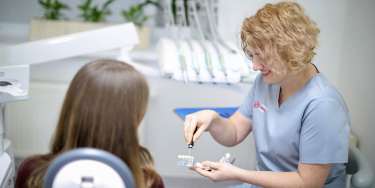
Anterocclusion
Mesial occlusion - a deformity of the face, characterized by the anterior position of the lower jaw relative to the upper. Depending on the type of growth and the period of occlusion, a treatment plan is developed, which may include different stages: from observation to orthognathic surgery.
Cross occlusion
Cross occlusion is an occlusion pathology with the inappropriateness of dimensions and shape of dental arches of the upper and the lower jaws and their relation. It is often accompanied by facial asymmetry and changes in temporomandibular joint area and requires the early correction to eliminate blocking the growth and development of the dentofacial apparatus.
Distoclusion
Distoclusion is the most wide-spread in the European race. It is often formed as the result of longtime mouth breathing and narrowing of the upper jaw. Its defining characteristic is the rearward position of the lower jaw and the forward position of the upper jaw, or both situations together. Patients with distoclusion often complain of overcrowding of the teeth, unsatisfactory facial aesthetics.
Despite the abnormalities of occlusion, odontologists treat dental arch deformities (masticatory function abnormality, tooth misplacement, progressive atrophy or deformity of jaw bones, noticeable cosmetic handicaps). Dental deformities are the reason for speech disorders and loss of healthy teeth.
Odontologists of Dobrobut clinic chain use modern occlusion correction techniques: braces, aligners, removable/fixed appliances. Choice of the method depends on the task to be completed, patient’s age, and also other individual characteristics.
Directions of Dobrobut orthodontic dentistry
Our advantages
Our services
We are located at:
ISO certificates
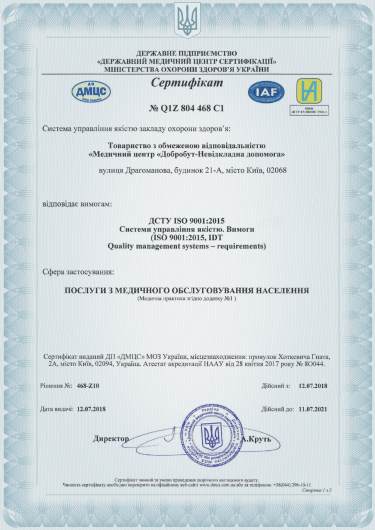
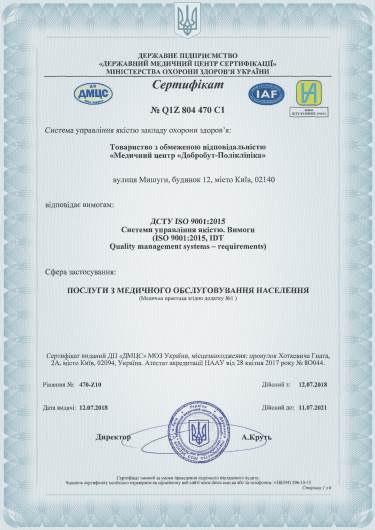
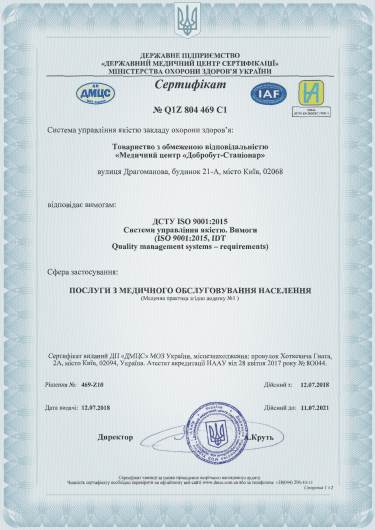
Accreditation certificates
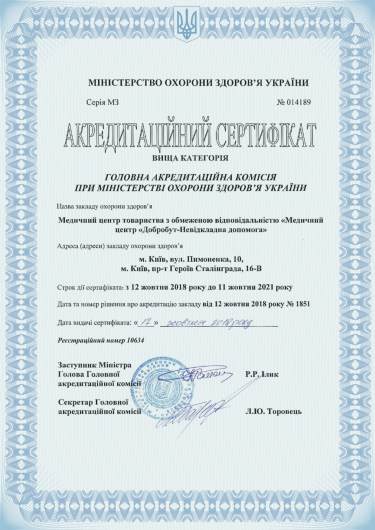
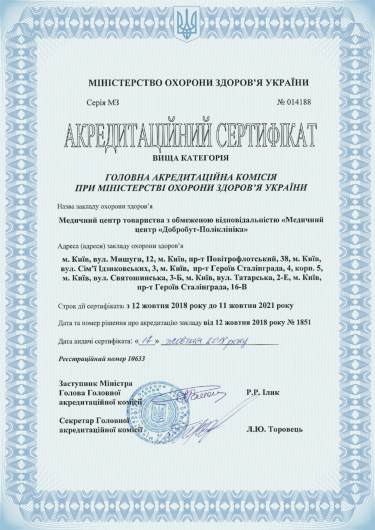

Medical practice licenses
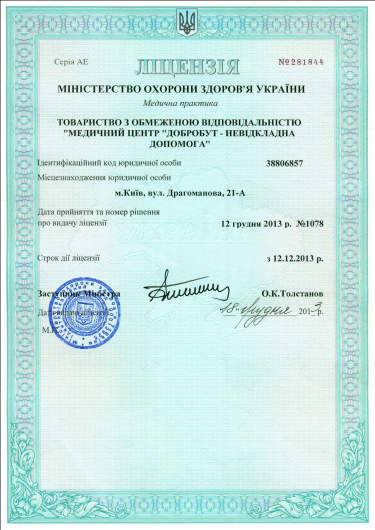
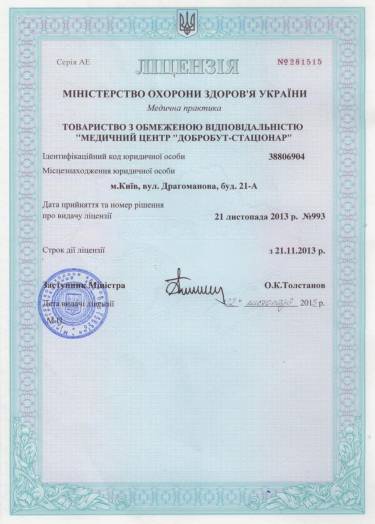




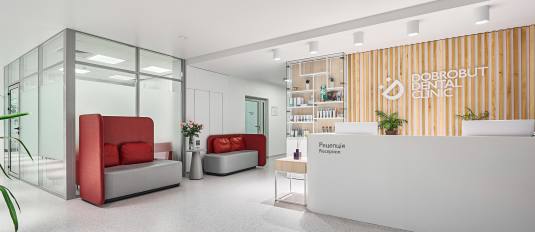



%402x.png)
%402x.png)
